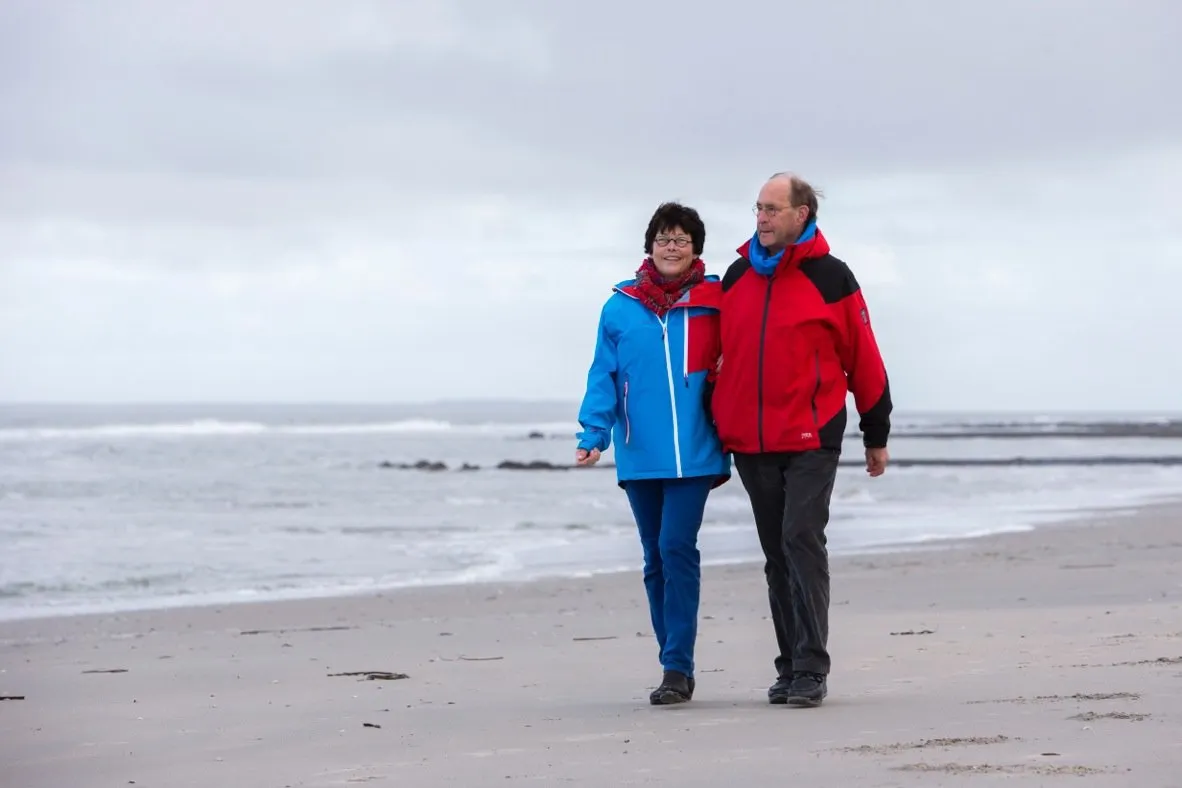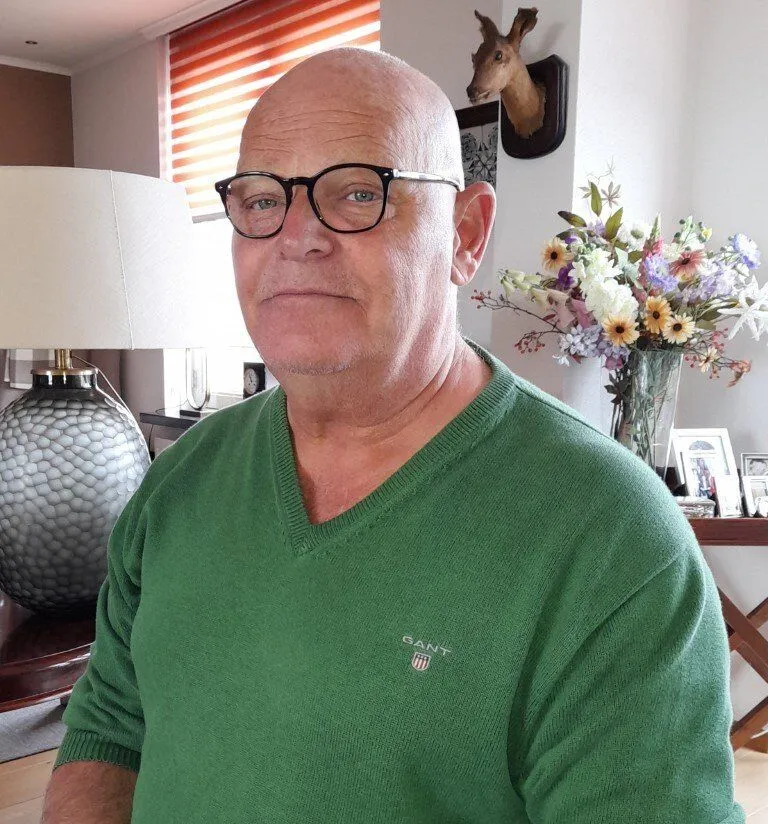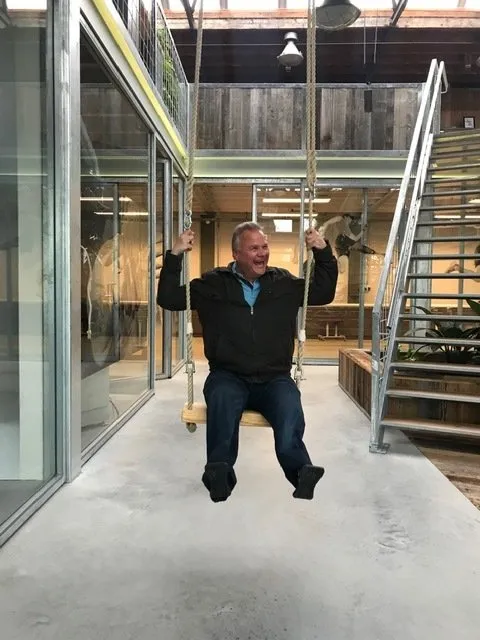John Peter’s story
I had to spend my early childhood in Japanese camps, with all the consequences that entailed. I got bad food, got rheumatism and all this caused problems with the blood vessels in my legs later in life, so that both my lower legs had to be amputated. The amputations are therefore absolutely not the result of Diabetes or poor blood circulation due to smoking, as you often see.

A matter of perseverance!
The amputations took place in Nieuwegein, in the St. Antonius hospital and I convalesced in De Geinsche Hof. It was good to be there and I trained hard, because I was sure I didn’t want to end up in a wheelchair. Fortunately, that did not happen. I think learning to walk with prostheses is really a matter of ‘persistence and not giving up’. I would consider it an impoverishment of my life if I had to move around in a wheelchair, I would feel that I would miss out on a lot.
Lost leg
I received my first lower leg prosthesis at De Hoogstraat about three years ago. It was a pin construction prosthesis. I had a hilarious moment with it when I was working on our boat in Norway, where we regularly stay, and suddenly lost my leg. The leg was far away from me and I had my wife Helga take a picture of it and sent it to my instrument makers. I also sent photos of myself walking through the snow, because I succeeded, even with a lower leg prosthesis!
Protec is based on the wishes and needs of the customer
Prosthesis appropriate to activity level
The next time I visited De Hoogstraat, Marcel Conradi told me that by seeing the photos he had understood that I was very active and that the prosthesis I wore did not really fit my lifestyle. He advised me to come to Protec to make a Direct Socket and test another prosthesis concept: a vacuum system. A Direct socket is fitted directly over the stump, I found this process extremely interesting. I have been a general practitioner for many years and processes like this intrigue me. The orthopedic instrument makers Stef and Pitrik have also made me enthusiastic. Their dedication and enthusiasm remain with me very much.
The prosthesis is ready immediately!
What I find a huge advantage of this method is the speed with which it works. In one day my prosthesis was ready and I could walk with it. I live on Vlieland and have to travel quite a bit to visit the instrument workshop. It is therefore wonderful if those visits are limited and you can walk out the door in 1 day with a new prosthesis that fits well. Of course, the stump always shrinks a bit when you just got a new socket. This shrinkage can be compensated by wearing more stump socks. If there are too many, I ring the bell and a new tube is measured.
Individual approach
At Protec they use a very individual approach. It is based on the customer. What does he or she want to do? What activity level does the customer have? It’s really custom. With this prosthesis I can move actively again and also walk outside with confidence. Now that is not always easy on a Wadden island, with many dunes and beach. Walking on the beach remains difficult, but I don’t immediately accept that either. I want to keep training to get a better handle on that too!




